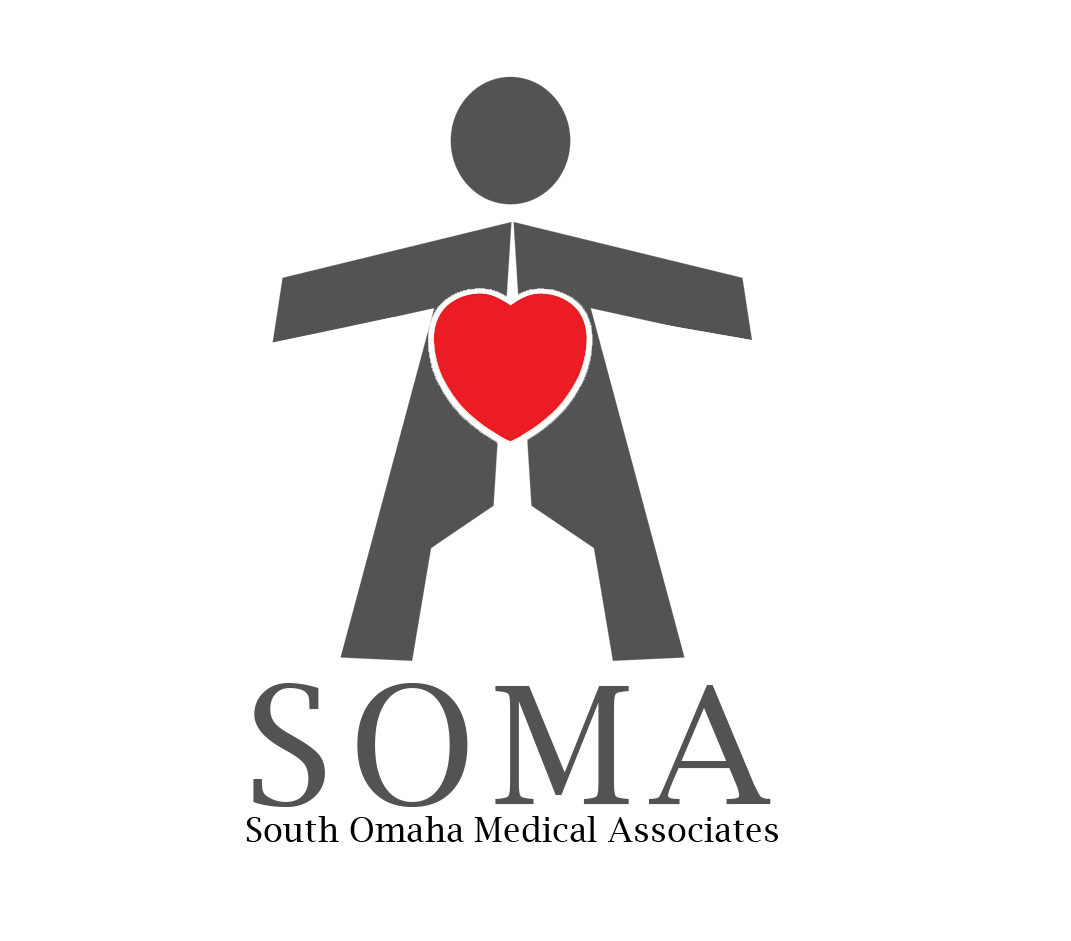You can help treat difficult illnesses and offer the latest treatments for your patients with out having to create the in-clinic certified environment.
SOMA offers treatments for treatment resistant depression (TRD), PTSD, Major Depressive Disorder (MDD), and suicidal ideations. A candidate for SPRAVATO is a patient who has failed to respond to two or more antidepressants (of adequate duration and dose) and has failed an attempt with atypical antipsychotics.
As the primary psychiatrist, you determine the treatment and we deliver it on your behalf at our center. We welcome your questions and consultation.
Absolutely not. SOMA provides a services, delivering only the specific treatments requested. Importantly, for SPRAVATO, the primary psychiatrist will always be responsible for managing the antidepressant that is given in conjunction with SPRAVATO, as well as any other medications the patient may be taking.
No, SOMA will only be responsible for SPRAVATO, IV ketamine and Intranasal treatments. All other treatment changes or changes in care are referred bak to your office.
Spravato trials have shown to be effective, safe and can demonstrate rapid improvement. The treatment is considered noninvasive, nonpainful, and unintrusive on a patient’s daily lives.
You can learn more about the Spravato TRD Efficacy & Safety Here.
SOMA is responsible for obtaining the Spravato medication for the patient.
Spravato treatments are generally covered by insurance and that can vary. Typically, patients will have to pay a copay for the office visit.
Intranasal and IV ketamine are not covered by insurance and is considered an out of pocket expense. We have a number of payment options available for our patients.
SOMA is responsible for contacting the patient’s insurance to verify benefits (this includes medical, pharmacy, and service delivery) and we will obtain the reuired prior authorization. Please be aware this process can take time depending on the patient’s insurance.
In this case the patient will be informed by our office and you will be notified. We will discuss other treatment options available such as IV ketamine or our own intranasal compound.
We send out notifications when the patient schedules an initial consult, as well as when they begin the treatment.
Our goal is to reach out to the patient the same day as the referral.
The first visit is usually a 45-minute initial consultation. We make sure that the treatment can be delivered appropriately and safely, and at that time will answer any questions the patient may have.
At this time we also verify insurance benefits and we will determine any requirements for prior authorization. For a SPRAVATO referral, the patient will be enrolled in the REMS program and will have a urine tox screen. Treatments are typically administered during the second visit.
Please be aware the prior authorization process can take up to two weeks depending on the complexities of the patient’s insurance.
It can take up to two weeks from the patient’s initial consultation to receive their first treatment.
We prefer to have patient contact information, a list of the previously tried and failed treatments, and any diagnosis or medical issues you feel may affect the treatment at any point. Recent progress notes are appreciated as well.
One of our trained medical professionals sees the patients at every visit. They are available and oversee all ongoing treatments.
Currently our overseeing medical staff are:
- Dr Fernando Correa
- Dr. Priscilla Correa
- Ashley Wallen PAC
All patients complete regular depression rating scales for ketamine treatments. If you have anything specific we are happy to do our best to coordinate.
We strive to regularly update you with the patient’s treatment outcomes for your records.
For all ketamine treatments: updates are sent by fax when a referral is received, when we have reached out to your patient, and when we have completed our initial consultation.
For SPRAVATO treatment, updates are sent at the start of treatment, four weeks after induction, and at weeks eight and 16. Should patients continue maintenance treatment, updates are sent every three months.
No, Spravato may be used sooner for those patients with MDD that have some form of suicidal ideation (SI). Spravato may be used in these severely depressed patients sooner in the treatment algorithm to improve their depressive symptoms rapidly, but should not be used specifically as a treatment for suicidal thinking. Those patients with active SI with intent may best be served with inpatient treatment.
A rapid alternative is IV ketamine. Please reach out to us to explore the differences in the treatment options.
There have been no trials to demonstrate the exact length of time someone should be treated with Spravato. Maintenance trials have demonstrated long-term efficacy. Much like augmentation with atypical antipsychotics, the length of time a patient receives Spravato is determined by clinical results and provider judgement. Some patients stop treatment after a few months and resume if symptoms return, others continue with maintenance treatment as directed. Of note, open label maintenance studies of Spravato are ongoing, and thus far have demonstrated safe, effective use of the medication in patients for over two years.
We have multiple methods for you to reach out.
- By phone at (531) 267-0711
- By fax at (402) 731-2086
- By email at info@southomahamedical.com
